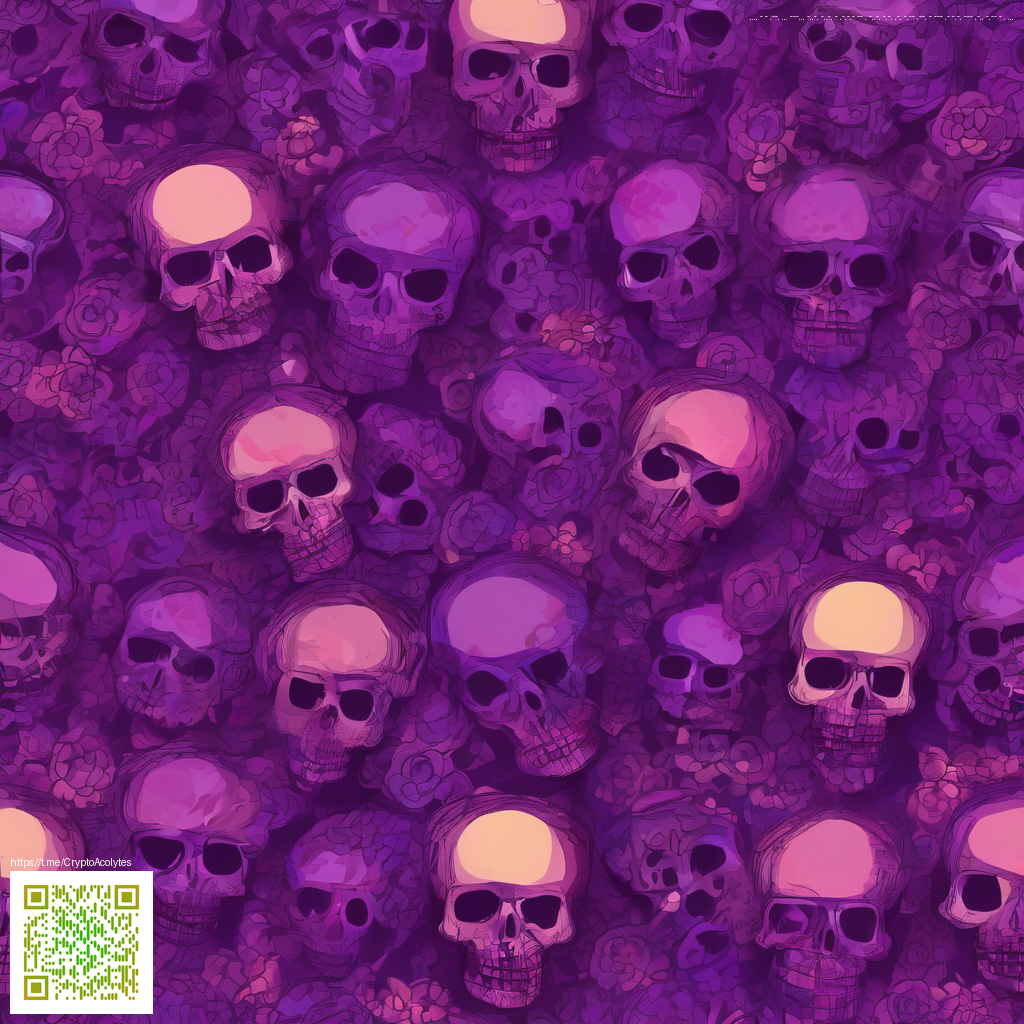
Subtle Shine: Adding a Quiet Gleam to Digital Paper
In digital paper design, a touch of shine can transform a flat surface into something more tactile without sacrificing legibility. Subtle shine refers to the whisper of light—small highlights, gentle reflections, and a hint of gloss that catches the eye as the page moves through light. This approach is particularly valuable for stationery, flyers, and digital prints that will be viewed across devices and lighting scenarios.
Rather than a full-on metallic flourish, the goal is controlled brightness that enhances hierarchy and texture. Designers often achieve this with smart use of highlights, gradients, and soft overlays that mimic an oil-slick gloss or dew-kissed edge. The result is a scene with depth where the white space remains calm and readable while the focal elements gain a touch of personality.
Techniques You Can Use in Digital Paper
- Specular highlights: place crisp white accents along curves or corners to imply light catching a glossy surface. Keep widths narrow and avoid harsh edges.
- Soft gradient glazes: apply a subtle gradient from a very light tint to transparent to simulate a diffuse reflection. This works well on typography, icons, and graphic shapes.
- Texture overlays: a fine grain or micro-sheen texture can prevent the shine from feeling flat. Use a low opacity layer so it remains a background glow rather than a distraction.
- Reflective lines and "rays": a few diagonal or curved lines in a lighter tone can convey movement of light without overpowering the design.
- Color strategy matters: pair cool, pale whites with warm neutrals to create a believable tension between matte and shiny surfaces.
“Subtle shine is a dialogue, not a drumbeat—let light speak softly and your content will breathe.”
When applying these ideas to a digital print, keep accessibility in mind. High-contrast elements should still maintain readability, and any shine should never obscure essential text. For designs that arrive as one-sided prints—such as custom desk accessories—the Neon Desk Mouse Pad example demonstrates how a single glossy accent can elevate a surface without sacrificing durability or clarity.
Practical Workflow for Subtle Shine
- Start with a neutral base layer that ensures color accuracy and legibility.
- Introduce a dedicated shine layer with a very light tint and a soft edge.
- Experiment with blend modes (Screen, Overlay) to merge the shine with your underlying artwork without creating harsh contrasts.
- Add a micro-texture to prevent flatness. A gentle noise or speckle can simulate the tactile feel of coated paper.
- Proof across devices and print proofs to verify that shine reads well at different scales and lighting conditions.
In practice, the balance is key. Too much gloss can overwhelm a design, while too little may vanish on small screens. The aim is a measured whisper of brightness that guides the eye and adds a premium feel to the finished piece.
From Digital to Real-World Surfaces
Digital designs that want to translate well to physical products should consider how the shine will translate into coatings or textures. If you’re exploring physical print options, request soft-touch or satin finishes that echo the subtle glow achieved in the digital file. This alignment between on-screen design and off-screen production helps maintain visual rhythm across channels, reinforcing brand comprehension without clutter.
To explore a tangible example of a one-sided print product that embodies thoughtful shine and build quality, you can visit the product page linked above.
Similar Content
Navigate to the study page: https://crystal-static.zero-static.xyz/70af5d34.html